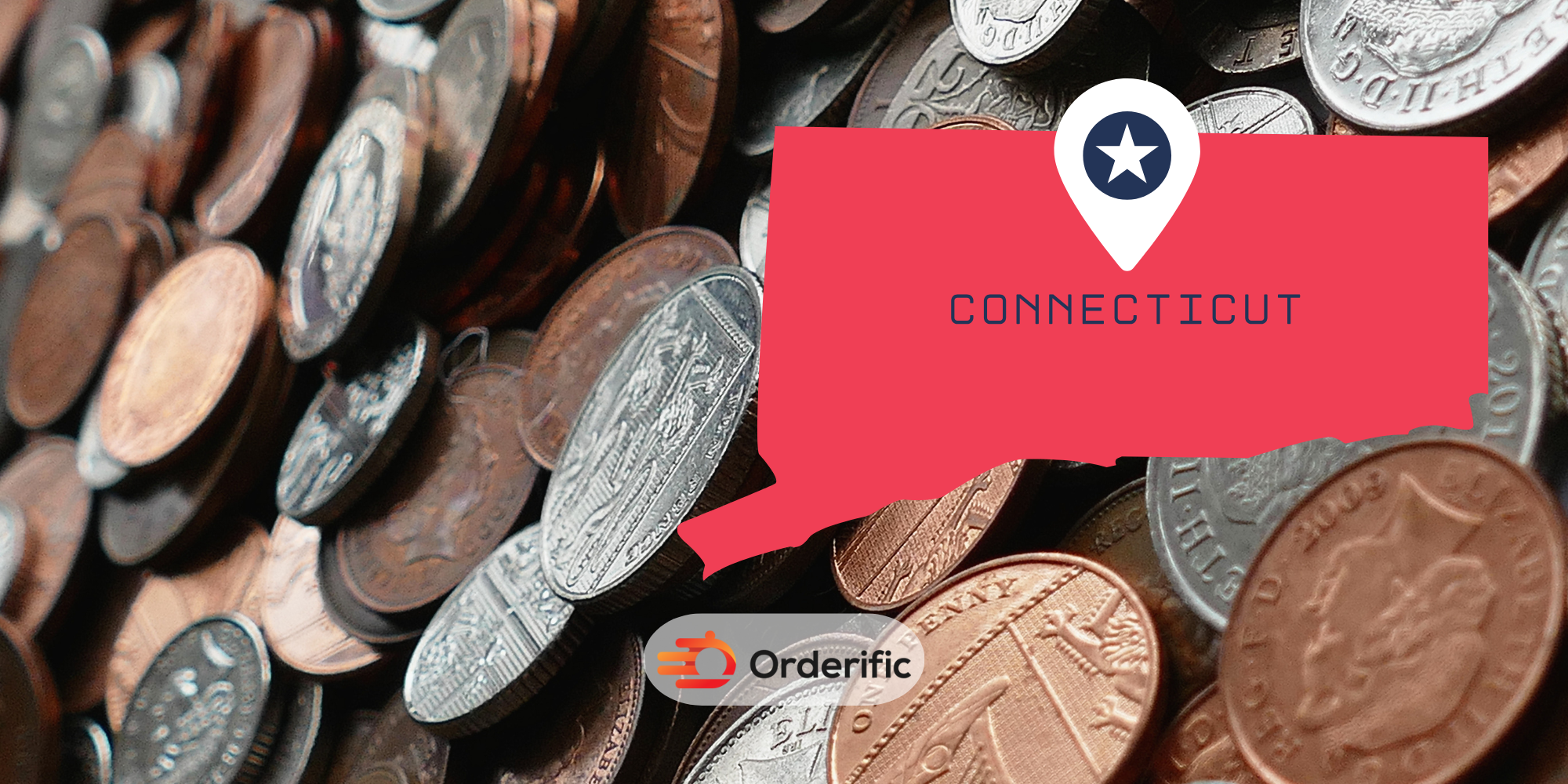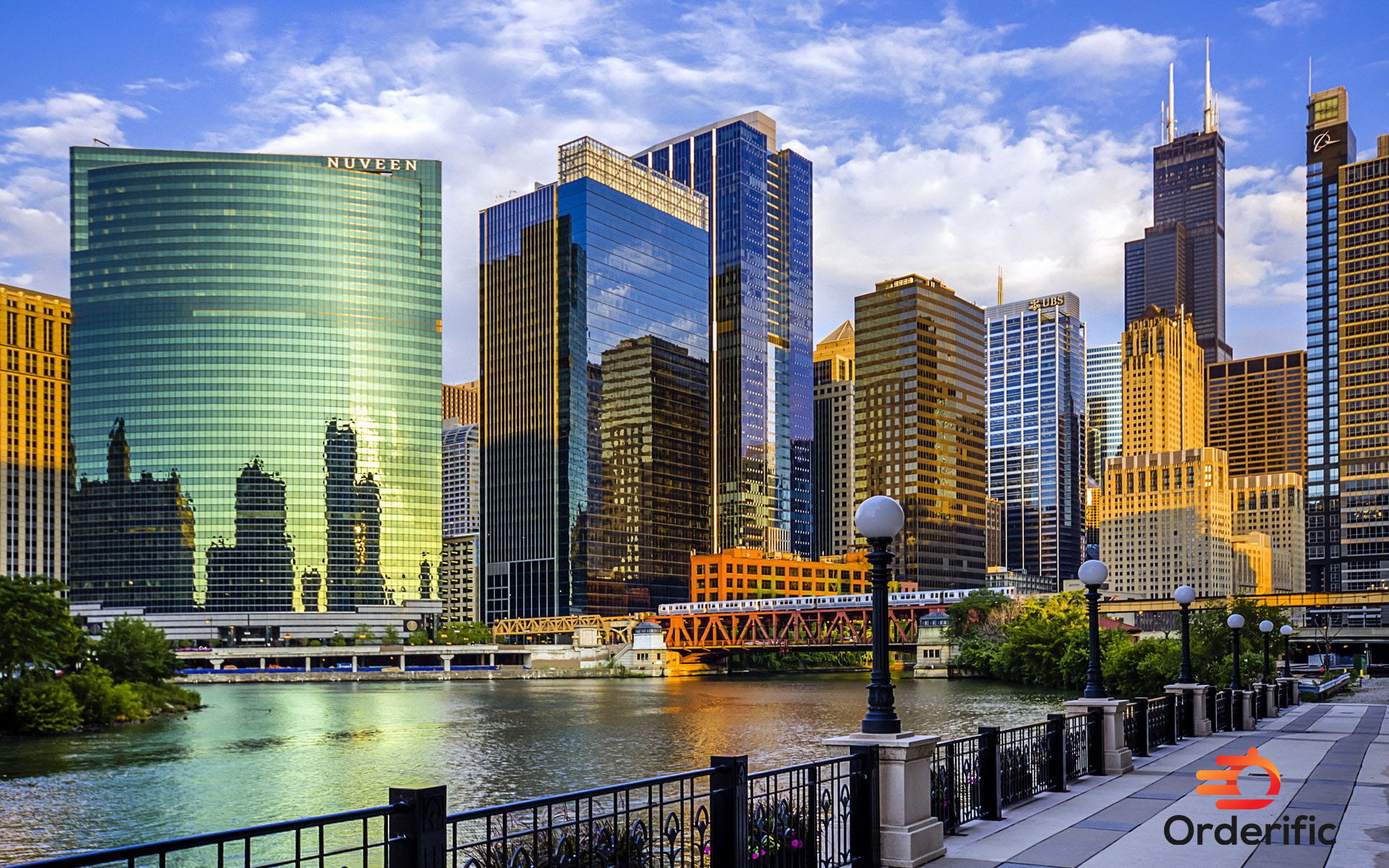Here’s all you need to know about Kansas’ minimum wage. The numbers on a paycheck, the compensation for working hours, and the reward for services provided. But behind these numbers lie millions of stories, struggles, and aspirations. In the heartland of America, within the vast stretches of prairies and bustling cities of Kansas, a topic of vigorous discussion revolves around the minimum wage.
This guide will delve deep into the narrative of the Kansas minimum wage, unveiling its intricacies, implications, and importance. As we traverse this landscape, we’ll discover why this seemingly straightforward monetary figure is a linchpin in the Sunflower State’s dynamic interplay of economics, politics, and social justice.
So, fasten your seatbelts because we’re about to embark on a comprehensive journey into the world of Kansas’s minimum wage and uncover the multifaceted stories that lie beneath it.
What is the Kansas Minimum Wage?
In employment, the term ‘minimum wage’ refers to the lowest hourly pay an employer can legally compensate workers. Each state in the U.S. can set its minimum wage based on various factors, including the local cost of living, economic conditions, and legislative decisions.
Kansas, known for its sweeping prairies and rich agricultural heritage, has its state-specific minimum wage. As of 2023, it is at $7.25 per hour. This rate is determined by the Kansas Department of Labor in Kansas City. It is influenced by various factors, including public opinion, economic studies, and legislative discussions. Over the years, this wage has changed, reflecting shifts in the state’s socio-economic landscape.
The Kansas minimum wage is a benchmark, ensuring workers are compensated fairly for their labor. It applies to most employees; however, there can be certain exemptions, such as for tipped workers or those in specific training programs.
How Does the Kansas Minimum Wage Compare to Other States?
The United States, with its rich tapestry of economies, cultures, and industries, sees a myriad of state minimum wage rates across its states. From the bustling hubs of New York to the scenic landscapes of South Carolina, each state crafts its minimum wage based on a multitude of factors unique to its circumstances. So, how does Kansas, the Sunflower State, stack up against its peers in this realm?
Comparison of Kansas Minimum Wage to Federal Minimum Wage:
At the federal level, the Fair Labor Standards Act (FLSA) stipulates a baseline minimum wage for the entire country. States, however, have the autonomy to set their wages above or at this rate but not below.
In instances where the Kansas minimum wage might fall beneath this federal benchmark, the higher national rate becomes the prevailing wage for workers in the state. This interplay ensures that workers always benefit from the more generous of the two rates. In 2023, these two numbers are equal.
Comparison of Kansas Minimum Wage to Neighboring States:
Geography is crucial in economic factors like cost of living, industry concentration, and employment rates. When juxtaposed against its immediate neighbors, such as Missouri (with $12 as minimum wage in 2023) or Nebraska (with $10.50 as minimum wage in 2023), Kansas’s wage decisions become even more insightful.
Such comparisons often reveal competitive considerations, shared industries, or regional economic goals influencing wage decisions.
Benchmarking Against States with Highest and Lowest Wages:
On the national spectrum, cities like San Francisco in California ($15.50 minimum wage) and Seattle in Washington ($15.74 minimum wage) have made headlines for their strides towards significantly higher minimum wages, reflecting their high cost of living.
On the other hand, states like North Carolina ($7.25 minimum wage) or even South Carolina (the same as its Northern counterpart), with different economic metrics, might adopt a wage rate closer to the federal standard. Kansas’s position on this spectrum is influenced by its economic, social, and legislative considerations.
Special Considerations:
While direct state-to-state comparisons provide a clear picture, remembering nuances is essential. For instance, some states have automatic adjustments for inflation, ensuring that their minimum wage keeps pace with the cost of living. Others might have specific provisions for cities with higher living costs or special rates for particular industries.
Who is Affected by the Kansas Minimum Wage?
The minimum wage is often in the limelight, debated in legislative assemblies, discussed in town halls, and pondered in households. But why such attention? Because the impact of the Kansas minimum wage ripples far and wide, touching various facets of society. Let’s explore the groups and sectors influenced by this wage standard.
Employees in Entry-Level Jobs:
Arguably the most directly impacted, these workers rely on the minimum wage as their standard earning rate. For many in this group, especially those without specialized skills or in the early stages of their careers, this wage can determine their standard of living.
Tipped Workers:
Waitstaff, bartenders, and others who earn tips operate under a different wage structure. While they have a “tipped minimum wage” (at $2.13), their combined earnings (wages + dividends) should always equate to or surpass the standard minimum wage.
Small Business Owners:
Particularly for smaller establishments, any fluctuations in the minimum wage can significantly impact operational costs. Small employers must balance between affording these wage increases and maintaining the profitability of their businesses.
Large Corporations:
While they might have a broader buffer than small businesses, more giant corporations still feel the ripple effects. Changes in the minimum wage can lead to strategic decisions about staffing, pricing, or even automation.
Consumers:
If businesses face increased costs due to wage hikes, they might pass on some of these expenses to consumers through raised prices for goods and services. To some, it may come as a never-ending cycle, seemingly impossible to cease.
Economic Landscape of Kansas:
The minimum wage plays a pivotal role in shaping the broader economic health of the state. It affects spending power, consumer demand, and housing markets. All of these are interconnected, but the minimum wage always has the last say.
Specialized Industries:
Some sectors, like agriculture or seasonal businesses, might have unique wage considerations. Changes in the general minimum wage can also influence these specialized rates, especially those who are categorized as tipped-wage workers.
Youth and Students:
Many young individuals seeking part-time or summer jobs are introduced to the minimum wage workforce. For them, this rate can dictate their earnings as they balance work with education. This all stems from the fact that they usually can’t work full-time.
Policy Makers and Advocacy Groups:
The Kansas minimum wage is a touchstone for various advocacy groups championing workers’ rights. For policymakers, it’s a metric reflecting the state’s stance on labor welfare. It basically shows the pulse of the state and its stance on all the workers.
General Kansas Economy:
The minimum wage can influence broader economic indicators, from unemployment rates to business growth trajectories. It’s a barometer of the state’s economic climate, and it clearly shows what the general economy of Kansas looks like.
What are the Pros and Cons of the Kansas Minimum Wage?
As with any economic policy, the Kansas minimum wage has its champions and critics. The tug-of-war between ensuring fair wages for workers and ensuring sustainable costs for businesses creates a complex landscape of advantages and disadvantages. Let’s dive into the pros and cons of the Kansas minimum wage:
Advantages of A Higher Minimum Wage for Workers and the Economy:
- Improved Living Standards: When workers earn more, they can afford better housing, healthier food, and other essential services. A higher wage can directly elevate the quality of life for many.
- Economic Stimulation: With more disposable income, workers tend to spend more. Increased consumer spending can invigorate the local economy, benefiting many businesses, but mostly local ones.
- Reduction in Poverty: A higher wage can lift many workers above the poverty line, reducing the need for social welfare programs and alleviating societal economic burdens, leading to a better quality of life.
- Increased Job Satisfaction and Productivity: Fair compensation can lead to higher job satisfaction, boosting productivity. Happy workers often equate to efficient workers, which in turn is a win-win situation for everyone involved.
- Reduced Employee Turnover: Adequate wages can reduce the frequency of job-hopping, saving businesses money in recruitment and training costs. When people stay longer in a company, it’s cheaper for the company.
- Attracting Talent: Competitive wages can draw skilled and experienced employees, benefiting businesses in the long run. Talented people tend to contribute more to the overall betterment of the company.
Disadvantages of A Higher Minimum Wage for Businesses and Consumers:
- Increased Operational Costs for Businesses: For many businesses, especially smaller ones, labor is a significant expense. An increase in the minimum wage can strain budgets and reduce profit margins.
- Potential Price Hikes for Consumers: To offset increased labor costs, businesses might raise the prices of goods and services. This can lead to inflationary pressures and reduced purchasing power for consumers.
- Reduced Hiring or Job Cuts: Faced with higher wage bills, some businesses might choose to hire fewer workers, reduce hours, or even lay off employees. The ones who stay will have to work more to compensate.
- The strain on New and Small Businesses: Startups and small businesses, often operating on tight margins, might need help to absorb higher wage costs. This could deter entrepreneurship.
- Increased Automation: Some industries might turn to automation as a cost-effective alternative, potentially leading to job losses in specific sectors. The more automated the processes get, the less people are needed.
- Competitiveness Concerns: If neighboring states have lower minimum wages, they might attract businesses looking for a more cost-effective operational environment. This can also result in massive workforce migrations.
What is the Future of the Kansas Minimum Wage?
The minimum wage has always been a dynamic topic, reflecting the changing tides of economic theories, societal values, and political ideologies.
In Kansas, as with many places, the discussion about the future minimum wage is a blend of predictability and uncertainty. As we look ahead, several factors and trends are likely to shape the trajectory of the Kansas minimum wage:
Economic Indicators:
Factors such as inflation, cost of living, and the overall health of the Kansas economy will play significant roles. If the state witnesses robust economic growth, there might be stronger pushes to increase the minimum wage to ensure workers benefit from the prosperity.
Legislative Decisions:
Elected officials, influenced by their constituencies and party ideologies, will continue to drive decisions about the wage rate. Future elections, changes in the composition of legislative bodies, or shifts in political climates could result in new laws or amendments related to the minimum wage.
Public Advocacy and Movements:
Grassroots movements and labor unions have historically played pivotal roles in advocating for wage hikes. If these groups gain momentum, they can pressure lawmakers to raise the minimum wage.
Comparisons with Federal and Neighboring State Rates:
The federal minimum wage is a baseline. Any changes at the national level could spark discussions in Kansas. Similarly, wage decisions in neighboring states might influence Kansas’s choices, especially if there’s a desire to remain competitive in attracting businesses and talent.
Impact of Technology and Automation:
The demand for specific jobs might decrease as businesses explore automation to optimize operations. If automation becomes a widespread solution to combat rising labor costs, it could influence discussions about the minimum wage.
Shifts in Job Markets and Industries:
The emergence of new industries or changes in dominant job sectors in Kansas could influence wage discussions. For instance, if the state sees growth in high-tech jobs or other specialized industries, the dynamics of the minimum wage conversation might shift.
Research and Studies:
As more research becomes available about the effects of minimum wage increases on job markets, businesses, or economic growth, these findings could shape future decisions. Policymakers often rely on empirical evidence when debating and deciding wage rates.
Global Factors:
Global economic conditions, trade policies, or even significant events (like pandemics) can influence local financial decisions, including the minimum wage. Warfare can also affect even the parts of the globe that are geographically far.
Conclusion
The future of the Kansas minimum wage is a tapestry woven with threads of economics, politics, societal values, and global trends. While it’s challenging to predict exact numbers or changes, it’s clear that the dialogue around this topic will continue to evolve, shaped by the diverse and dynamic forces that influence the Sunflower State.
The Kansas minimum wage isn’t just a figure; it reflects societal values, economic trends, and political endeavors. As the debate continues, one thing remains clear: understanding its nuances is crucial, not just for workers and employers, but for anyone wanting to grasp the intricacies of Kansas’s socio-economic landscape.
In case you want more content like this, visit Orderific right now!
FAQs
Has the minimum wage in Kansas always been the same?
Unlike many states, Kansas has seen shifts in its minimum wage, influenced by factors like inflation, cost of living, and legislative decisions.
Are all workers in Kansas entitled to the minimum wage?
Most are, but certain exemptions exist, especially for tipped employees and some exceptional wage rate cases.
Are there any exemptions or exceptions to the Kansas minimum wage law?
Yes, some roles, like the tipped employee, might have a different wage structure, and specific jobs come under the special minimum wage rates.
How does the Kansas minimum wage compare to the federal minimum wage?
Employees are entitled to a higher national rate whenever the state’s wage is lower than the federal minimum.
How does the Kansas minimum wage compare to neighboring states?
Wage rates vary across states, each influenced by its own set of regional factors. Kansas’s wage rate might be higher or lower than its neighbors.
What are the benefits of raising the minimum wage in Kansas?
Raising the wage can improve living standards, boost the economy, and reduce worker turnover, among other benefits.













